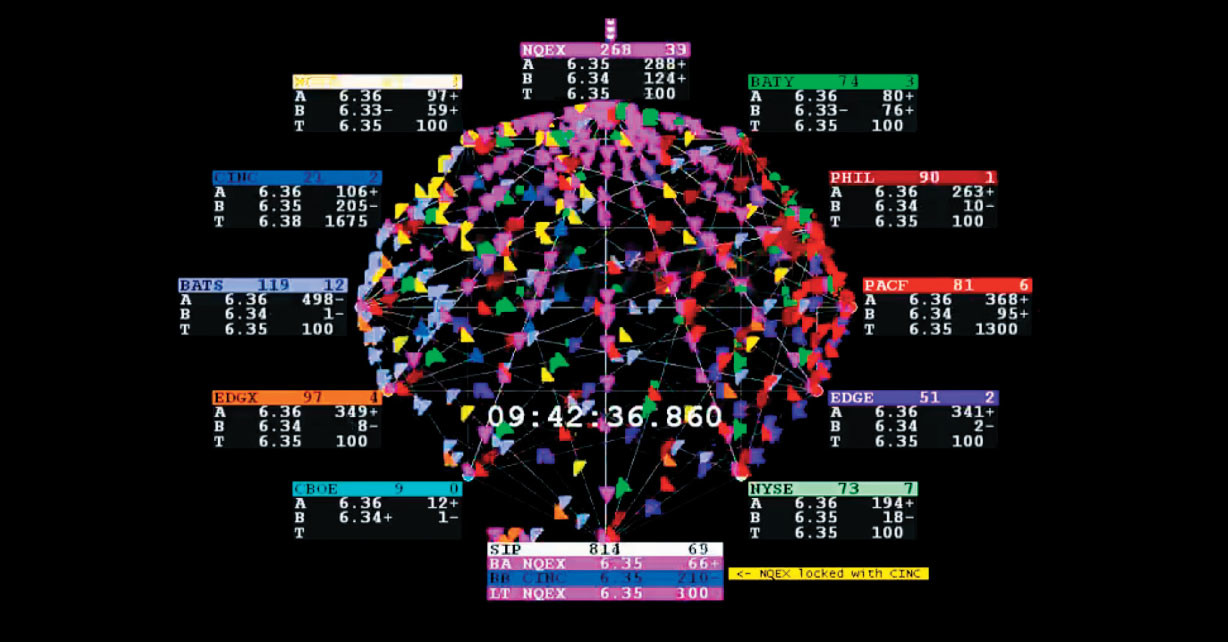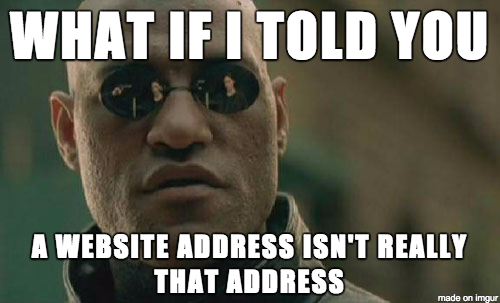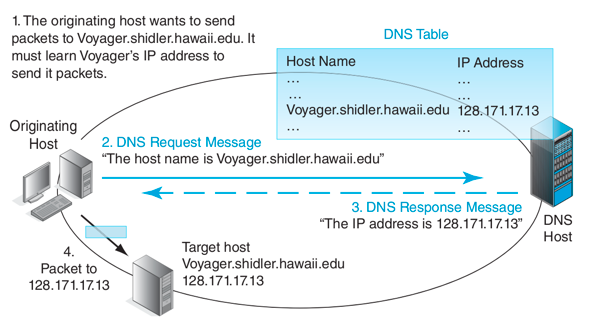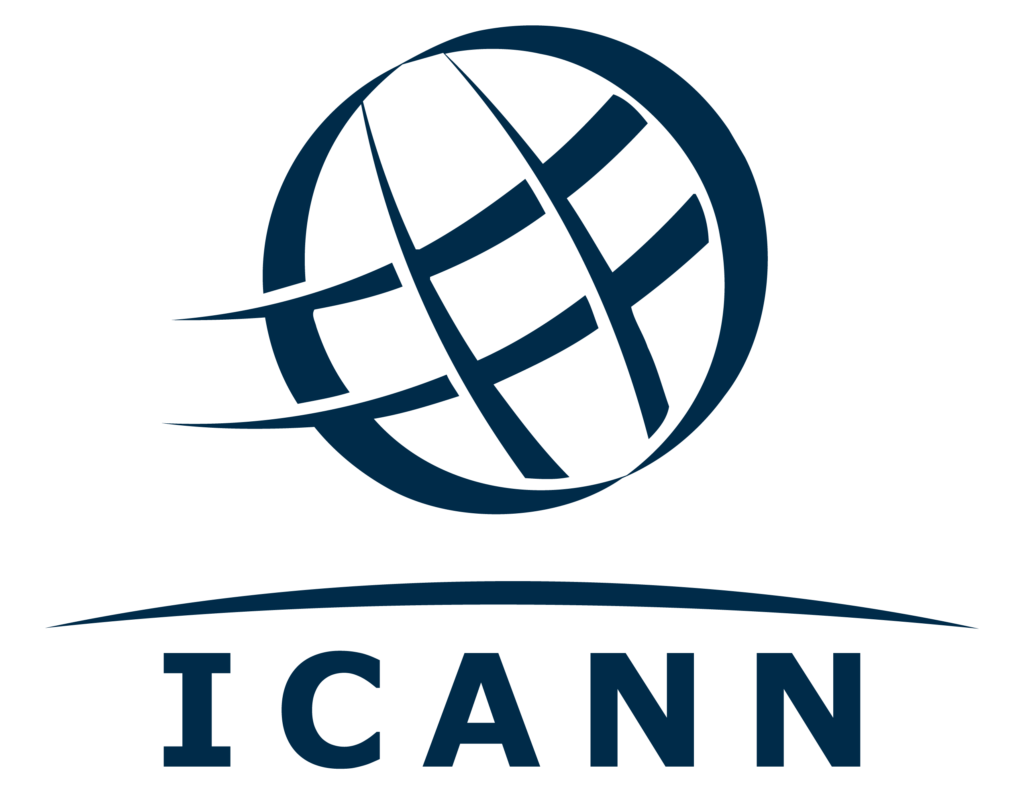The NTIA announced last August, 2016, that it will transition final oversight of the internet domain system root zone and other core internet infrastructure registries to ICANN.
In the land of cyberspace, a URL (uniform resource locator)– more commonly known as “website address,” (e.g. => https://bucephalus.io) is analogous to the physical-street addresses people generally reference while recalling location or giving directions; expanding this analogy within the scope of a prospective client submitting RFQ (request for quote) to a web development company via contact form on [said website](https://bucephalus.io/contact-us), he or she will eventually receive a response provided by the customer-service representative via [email](info@bucephalus.io). In the subject-example, bucephalus is the second-level domain-name and the .io extension is the top-level domain-name, which are naming conventions established by the DNS (Domain Name System) created in 1984.
PRO-TIP: The
.iodomain-extension is unofficially used by technology- companies, startups, and web applications because “IO” can be an acronym for “input/output,” “international operator” or “international organization”- this is useful for domain-hacks.
In actuality, every e-mail and website address domain-name uniquely corresponds to a numeric IP-address (e.g. bucephalus.io => 68.65.122.42), comparable to the latitude and longitude referencing a specific street-address (e.g. => 5920 Nall Ave., Suite #103, Mission, KS 66202) as coordinates (i.e. => 39.021201, -94.649398); obviously, the former is a convention most humans find easier to recall- so, whenever a user initiates a request by entering the [subject website address](https://bucephalus.io/contact-us), the user-ISP (internet service provider, e.g. => Google Fiber) relays the request for the corresponding IP-address of the requested URL to the local ISP DNS-server, which is essentially a directory, or “Rolodex,” of all known target IP-addresses within the semi-private ICANN (Internet Corporation for Assigned and Numbers) registry, returning the [32-bit IPv4 address](68.65.122.42) for [subject website address requested](https://bucephalus.io) vectored with the URL or route, /contact-us as determined by the user’s HTTP request given within the originating-host, or web-server (MXtoolbox).

By 1998, the Internet Engineering Task Force (IETF) formalized the successor protocol IPv6 as all IPv4 addresses would eventually be assigned.
…it would be incredibly frustrating to locate a street-address if the GPS coordinates continuously changed while driving.
Public websites are deployed to a server maintained by a hosting provider- therefore, all servers must have a static, or permanent, IP-address; borrowing the street-address example once again, it would be incredibly frustrating to locate a street-address if the GPS coordinates continuously changed while driving. The average Internet-user is unaware that every website has a uniquely defined numeric-address, let alone about the dedicated custodian of those addresses, ICANN, and until recently, the NTIA (The United States Commerce Department’s National Telecommunications and Information Administration).
The NTIA announced last August, 2016, that it will transition final oversight of the internet domain system root zone and other core internet infrastructure registries to ICANN, an international semi-private consortium, effectively finalizing the U.S. government’s long-standing commitment to privatize the Internet domain-name system by relinquishing authority and influence in order to promote cooperation, participation and transparency in all domains around the globe- not just the Internet.



